Your constituents are moving the conversation to social media… are you ready?
By: JP Simbandumwe | 8 minute read
Social Media has moved from a “supporting” to a “starring” role
In “Understanding the Evolution of Social Media in Government”, government employees report that 51% of citizens cite social media as one of the primary places they look for information. 12% indicated that social media is the first place they look for information. Only 13% saw social media as “peripheral” to their information search.
This probably will not come as a surprise to anyone in government who has been managing a large online audience in the last two years. As more government services have moved online during the pandemic, social media interactions have moved from a “supporting” to a “starring” role. 40% of respondents in the same survey mentioned above, reported that engagement of constituents on social media has increased dramatically over the last two years.
This shift from in-person interactions and asynchronous online communications to more dynamic and immediate social media interactions presents both potential opportunity and significant risk for government social media and communication managers such as yourselves.
There is the possibility that a well-conceived and managed social media communication strategy can be a key component for building positive constituent engagement and for efficiently managing program delivery costs. Unfortunately, in the last two years, we have also become painfully aware that social media platforms also present the opportunity and mechanism for the rapid spread of disinformation.
Messaging is becoming an important channel for constituents to engage with organizations
Somewhere along the way, your constituents started using messaging as a channel for researching and communicating with and even receiving services from organizations. Facebook reports that 64% of people would rather message than call a business. Additionally, according to Hootsuite, customers reported a higher level of satisfaction with customer service delivered via messaging than by email or over the phone.
Again, this represents both an opportunity and a risk for communication and service delivery managers in government. While messaging platforms offer another channel for both communication and customer care, constituents’ expectations, bolstered by experience, are that they will get a quick response to their posts. Some companies are working to meet this challenge and opportunity. In 2020, Gartner reported that 59% of brands respond to user Tweets within 15 minutes. We expect that since then, the response times have improved even more.
It is not your imagination - monitoring and managing online interactions is getting more challenging…
Besides monitoring, tracking, assessing, and responding to communication on social media and messaging platforms, public institutions bear the responsibility of being consistently on message and providing the same information and seamless service across multiple channels. This seemingly straightforward task is made significantly more challenging because of the number of channels and clients involved. In Canada, internet users aged 16 to 64 actively used, on average, 6.2 different social media platforms. As a public sector communication and marketing employee, your client population could number in the millions and your communications may be happening at a time of crisis.
A broader scope for digital customer service requires an updated toolset to meet the challenge…
Are you ready to meet your constituents where they are now? Do you have the tools to engage on social media and messaging services proactively and seamlessly so that your clients get accurate and timely information when they need it? Are you able to quickly address disinformation as it appears? If your answer to any of these questions is a “not yet”, or a hesitant “maybe”, then perhaps we can help.
We at Jumping Elephants, are focused on helping you to design, create, and maintain online content and applications with an unblinking focus on the user experience across all the online platforms that you choose to support. We have partnered with Hootsuite and are excited about their recent acquisition of Sparkcentral, a vendor for a class of advanced toolsets in what Gartner is calling the digital customer service space. Gartner defines the digital customer service market as “consisting of software applications that enable customer service and support to engage customers through their preferred digital communication channels, allowing for the management of persistent dialogues and communications.” Some in the industry also use the term digital customer care and for the purposes of this article, the two terms will be used interchangeably.
In addition to the core social media monitoring, analytics and posting management, the Hootsuite solutions now provide marketing and communication employees with the capabilities of Machine Learning (ML), Artificial Intelligence (AI), and Natural Language Processing (NLP) to analyze, prioritize, and route communications across all channels including web, phone, social media, and messaging. Gartner provides a good synopsis; “Digital customer service vendors manage the customer dialogue by concentrating on customer engagements that are digital, mobile, proactive, intelligent, and fast. They use ML and NLP technologies to focus on the orchestration and personalization of continuous conversations, regardless of channel, and they design their platforms for outcome-based, end-to-end customer engagements”.
From websites, emails, and call centres to social media and messaging …
To find the information and to get the government services that they need; citizens have historically had a choice to visit a brick-and-mortar office, wade through web content, write an email, or as a last resort they could call on the telephone. Increasingly, your constituents are picking “none of the above” and opting to get a faster (albeit perhaps sometimes not an accurate), response with the new power of social media.
We have witnessed this scenario play out several times with systems we have helped design or build for government clients. Users looking for answers to questions turn to social media very quickly to get a response from program officials or other users. We have watched (sometimes in alarm) as users quickly swamped official social media channels. If answers were not coming fast enough, users often turn to each other for help with varying levels of success.
The new reality is that in a world where citizens are used to getting answers to their questions immediately, there is decreasing tolerance for long wait times. This growing intolerance of delay is manifested by impatience with wading through dense web content, waiting for responses to emails, or for being placed on “hold”. As we have noted, the focus has shifted away from channels with static content and wait times to those that are more dynamic and immediate.
Organizations in the private sector have responded by increasing the number of channels on which they interact with their customers. A recent Gartner survey shows that the typical service organization today offers at least five channels — a 46% increase compared to just five years ago. Many of these new channels are digital or self-service channels, such as mobile apps, text messaging, and social media. We anticipate that government agencies and departments will follow suit and will gradually transition to include self-serve digital channels to phone and email as supported channels on which they will actively interact with and serve their constituents.
Our top 5 reasons to implement a digital customer service platform including a conversational interface platform (chatbot)
If implemented thoughtfully and managed carefully, a digital customer service platform that includes a chatbot can help meet your organization's communications and program delivery goals by:
Reducing overall program delivery costs by diverting simple and repetitive inquiries away from more costly channels (in-person, email or call center).
Allowing your staff to respond to the most frequently asked questions quickly, accurately, and efficiently with consistent messaging and language across social media platforms.
Facilitating efficient and timely intervention to quickly correct misleading or inaccurate information.
Providing the mechanism to quickly move some conversations from public to private channels where appropriate, so that small issues do not become big headaches.
Automating the seamless transition from a conversational artificial intelligence (a chatbot) response to a call center agent to address more complex issues.
The 5 signs that your organization should invest in a digital customer service platform (and a chatbot)
In our experience, there are specific situations where investment in digital social care and implementation of a chatbot will likely achieve some or all the goals described in the “top 5 reasons” above:
Your program’s online service is a complex series of steps with potential wait times for processing between steps and the potential of client inquiries on the status of their applications or case.
There is “room for interpretation” and potential exceptions on which rules apply to specific situations for eligibility or categorization of online services provided.
The rules of your program or process are subject to change (with potentially little notice), based on external events.
Your program provides services to hundreds of thousands or millions of citizens (who actively communicate with you).
There are time constraints, external urgencies or deadlines for your staff to provide services for your constituents to complete an application process.
Sober second thoughts… is your organization ready?
A digital customer service platform and chatbot are powerful and potentially very effective tools to add to your communications toolset, but timing is important. An ill-conceived or badly executed implementation can result in a worse rather than a better user experience. We encourage potential clients to conduct their due diligence to determine if their organization is ready to implement this type of tool.
In our experience, the following prerequisites should be met before considering implementing a social care platform and chatbot:
Your organization has done its homework to create relevant, informative, accurate, and accessible web content that has been verified by testing with real users. If you need help to plan or execute this “homework”, please check out our Human-Centered Research and Design consulting services. While we have noted that websites generally have slipped in importance as a point for the first reference, government websites are still a critical repository of official policy and announcements.
Your organization has a mature social media monitoring and response team, capabilities, and the support to increase resources if necessary.
Your communications team has good documentation of the most common issues that are encountered by users from previous emails, social media posts, and call centre interactions.
Your organization has a functional call centre.
Your leadership team is committed to making a sustained investment in digital social service because they either want the cost savings or it is regarded as an important prerequisite to attaining the organizational communications mandate.
Getting Started
If you are ready to discuss making a digital customer service platform a strategic asset in your department, members of the Jumping Elephants and the Hootsuite team will be happy to schedule a 30-minute discovery session with you and your team to discuss your options. Email us today to book a session!



